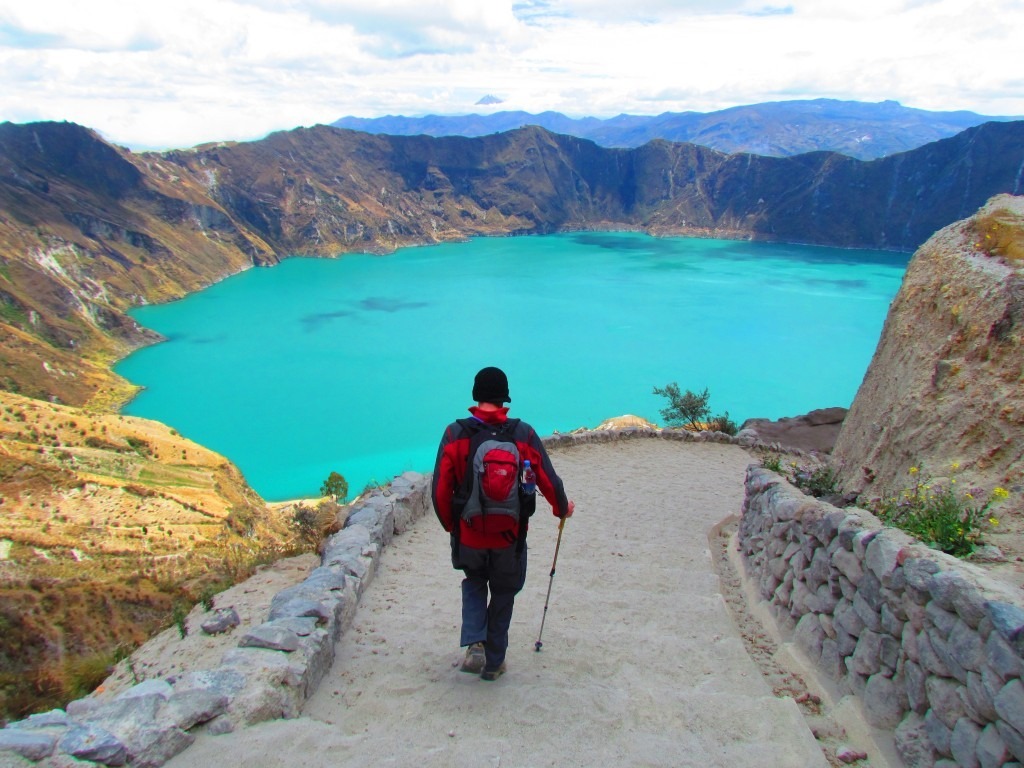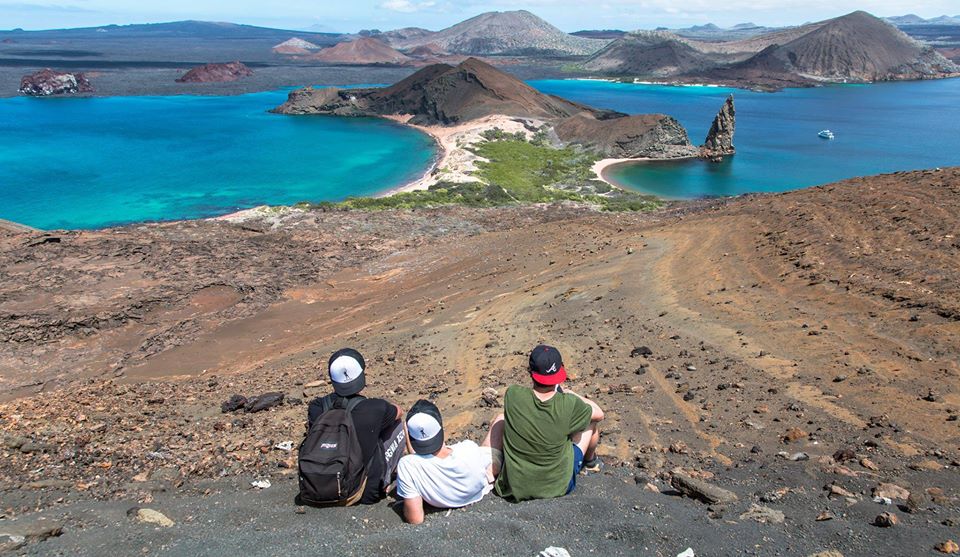How is the Weather in Ecuador
Discover Ecuador: The Land of Eternal Spring

Ecuador, a country rich in diversity and culture, is nestled on the northwestern coast of South America. Straddling the equator, from which it derives its name, Ecuador boasts an array of geographical wonders that make it a unique destination for travelers seeking natural beauty, adventure, and a taste of the unexpected.
Geographical Marvels of Ecuador
Ecuador’s geography is remarkably varied for a country of its size. It is bordered by Colombia to the north, Peru to the south and east, and the Pacific Ocean to the west. This small but diverse nation encompasses four distinct regions: the Amazon Rainforest, the Andean Highlands, the Pacific Coast, and the Galápagos Islands. Each of these regions contributes to Ecuador’s rich tapestry of ecosystems, landscapes, and climates.
The Magic of Elevation and Micro Ecosystems
Ecuador’s elevation ranges dramatically, from sea level at the coast to over 6,000 meters in the Andean mountains. This variation creates a plethora of micro-ecosystems, each with its own climate and biodiversity. The coast is characterized by warm, tropical weather, while the highlands experience cooler temperatures and the Amazon basin is known for its humid, tropical climate.
In the Andes, elevations can shift from lush valleys at 1,500 meters to snow-capped peaks above 5,000 meters. This creates a series of microclimates, often within short distances of each other. For instance, you can travel from the warm, fertile valleys to the chilly, thin air of the high mountains in just a few hours.

The Unpredictability of Ecuadorian Weather
Ecuador’s weather is famously unpredictable, a direct result of the country’s incredible variety in altitude and the diverse microclimates that these varying elevations create. This unique interplay means that in many parts of the country, it’s possible to experience all four seasons in a single day. The weather can change rapidly, almost on a whim, influenced by the dramatic shifts in topography and the unique characteristics of each micro-ecosystem.
For example, a typical day in Quito, the capital city nestled in the Andes at about 2,850 meters (9,350 feet) above sea level, might start with bright sunshine and clear skies, making it perfect for a morning stroll through the city’s historic center. As noon approaches, clouds can gather quickly, leading to a sudden and intense afternoon shower. By late afternoon, the rain may cease, leaving behind a cool, crisp atmosphere as the sun re-emerges. As evening falls, temperatures can drop significantly, especially in higher elevations, necessitating a warm jacket.
This rapid weather change is not just limited to Quito. In the coastal region, a morning spent on the sunny, warm beaches can give way to a sudden, refreshing coastal breeze, followed by an overcast sky. Moving inland to the Amazon Rainforest, the weather can shift from humid and sunny to a torrential downpour within hours, dramatically altering the jungle environment.
In the highland regions of the Andes, such as in cities like Cuenca and Otavalo, unpredictable weather is a daily reality. Mornings often begin cool and misty, warming up by midday under the strong equatorial sun. However, afternoon thunderstorms are common, bringing brief but heavy rain, which cools the air once again as the evening approaches.
The Galápagos Islands, too, experience their own version of unpredictable weather. Despite being located on the equator, the islands’ climate can be influenced by ocean currents, leading to sudden changes in weather patterns. A day that begins with a calm, sunny sky can quickly shift to cloudy and breezy conditions as the Humboldt Current brings cooler, moisture-laden air to the region.
This climatic unpredictability is a result of Ecuador’s position on the equator combined with its diverse topography. The equatorial location means that the sun is strong year-round, but the varying altitudes—from the lowland rainforests to the high Andean peaks—create microclimates that can change quickly and dramatically.
Travelers to Ecuador must be prepared for this variability, often dressing in layers and carrying rain gear regardless of the season. The country’s weather, while unpredictable, adds to the sense of adventure and discovery that defines a visit to Ecuador. Each day can bring a new weather experience, offering a dynamic and ever-changing backdrop to the stunning natural and cultural attractions of this fascinating country.
Eternal Spring in the Andes
Despite the weather’s capricious nature, Ecuador is often described as having an “eternal spring.” This is particularly true in the Andean region, where temperatures remain relatively stable throughout the year, typically ranging from 10°C to 20°C (50°F to 68°F). The days are pleasantly warm, and the nights cool, without the extremes of summer or winter. This makes it an ideal climate for agriculture and supports the rich biodiversity found in these highlands.
Weather in the Andes
The Andes region of Ecuador is a land of contrasts and surprises. Daytime temperatures are generally mild, but they can drop significantly at night, especially at higher elevations. Rain is common but varies widely depending on the time of year and specific location. The wet season generally runs from October to May, bringing frequent showers that keep the landscape lush and green. The dry season, from June to September, offers clearer skies and is often considered the best time for outdoor activities like hiking and exploring.
Why Visit Ecuador?
Ecuador’s remarkable geographical diversity and the resultant climate variations make it an enticing destination for a wide range of travelers. Whether you’re an adventurer looking to scale the heights of the Andes, a nature lover eager to explore the Amazon Rainforest, or a beachgoer seeking sun and surf on the Pacific coast, Ecuador has something to offer.
The country’s small size allows visitors to experience these diverse environments within a single trip, often traveling just a few hours to transition from one stunning landscape to another. This accessibility, combined with the “eternal spring” climate of the Andes, ensures that Ecuador remains a top destination for those seeking both beauty and adventure.
In conclusion, Ecuador’s blend of elevations and ecosystems creates a complex and captivating climate that is as diverse as its landscapes. Whether you are exploring the Andes with its consistent spring-like weather, marveling at the biodiversity of the Amazon, or basking on the sunny beaches of the coast, Ecuador promises an unforgettable experience. This remarkable nation truly embodies the essence of eternal spring, making it a unique and compelling place to visit.


